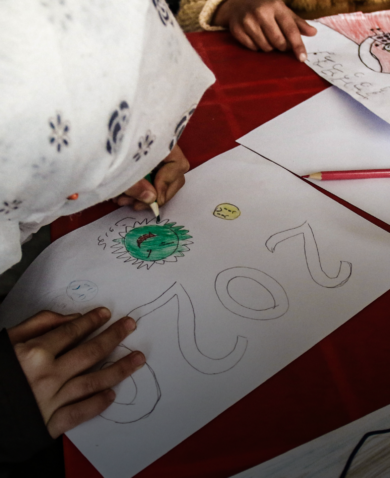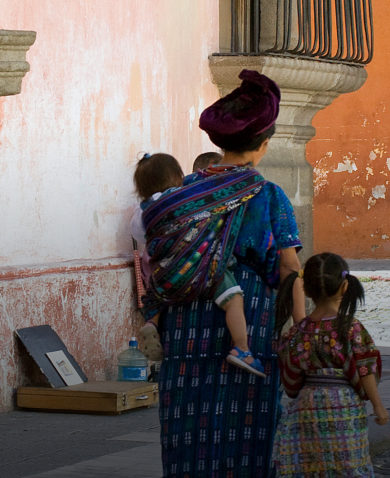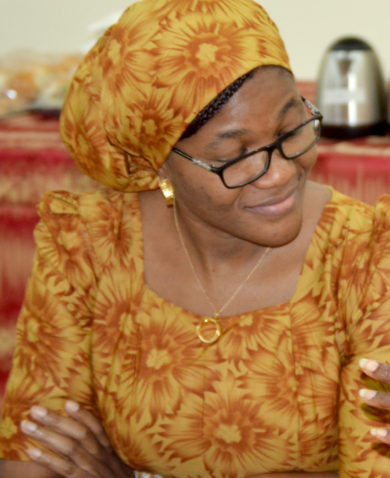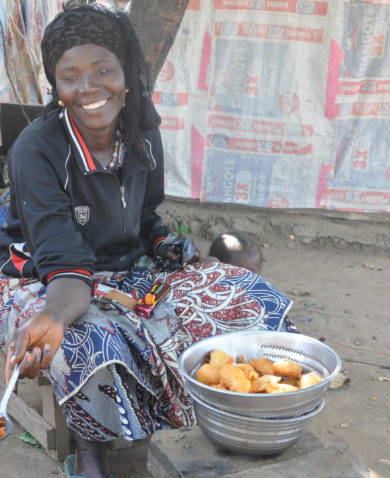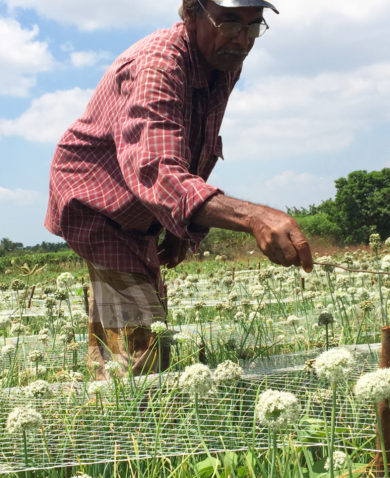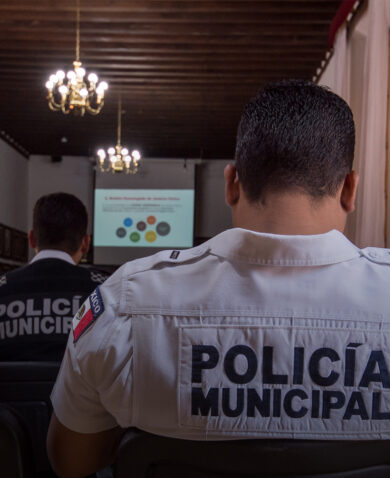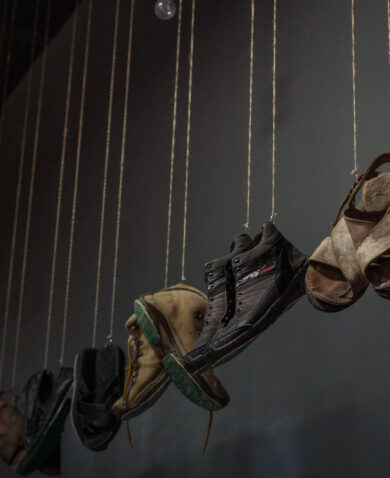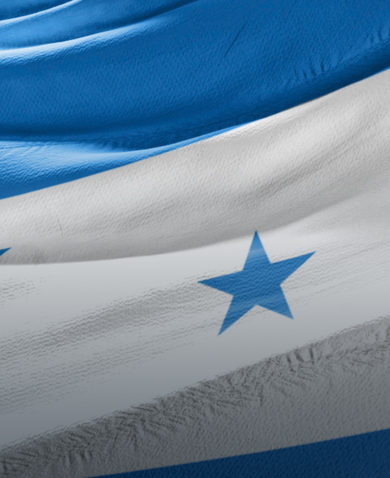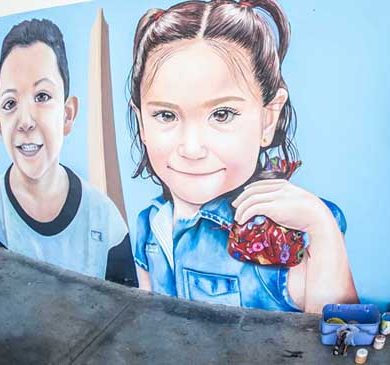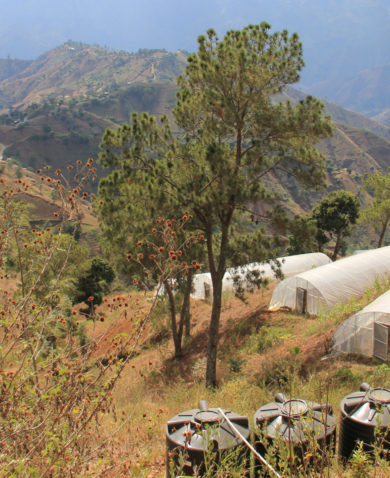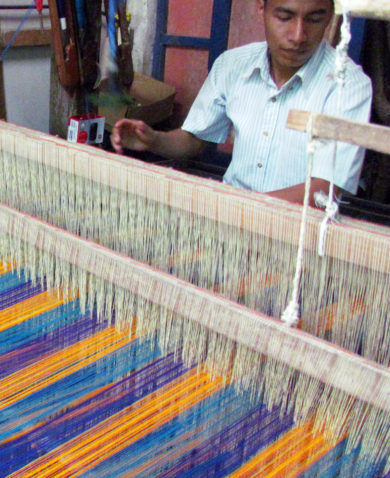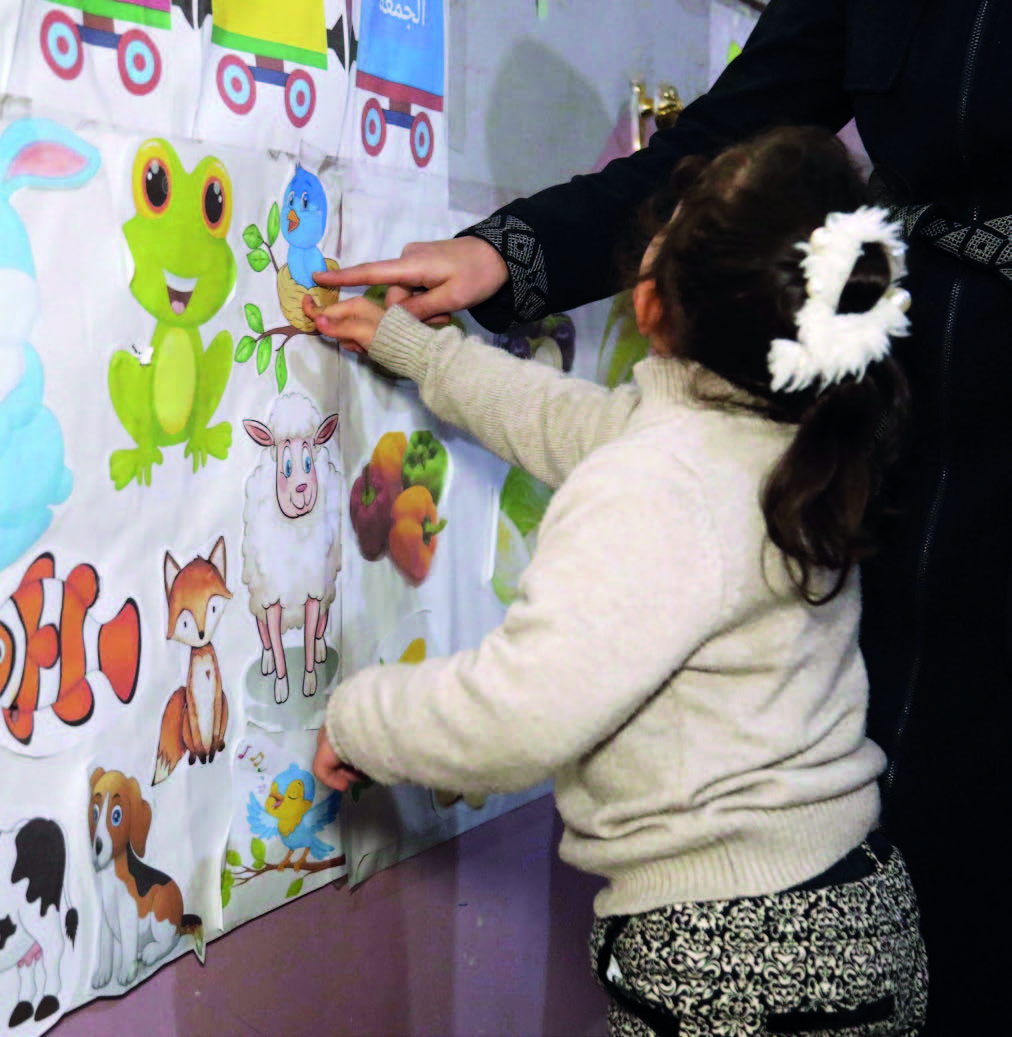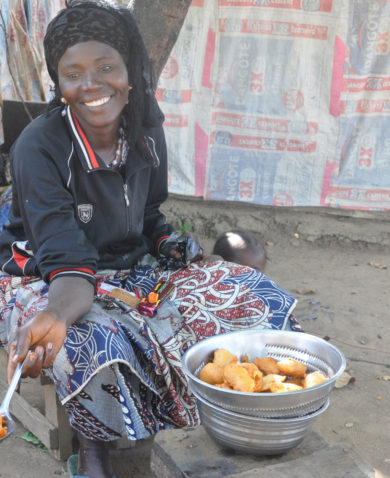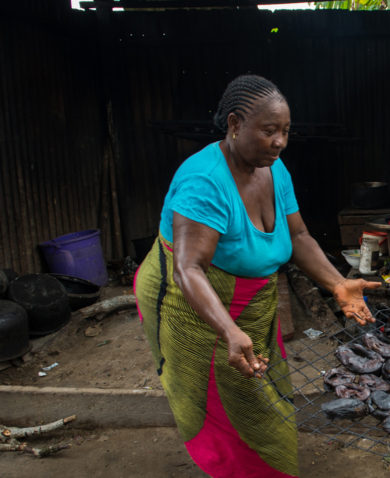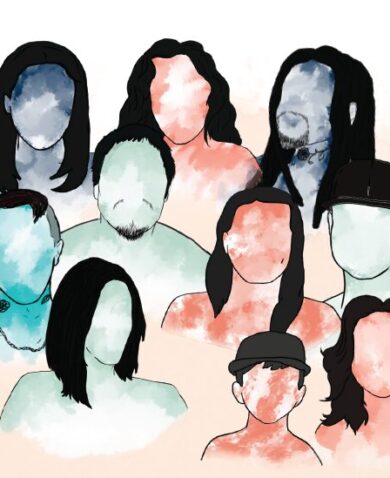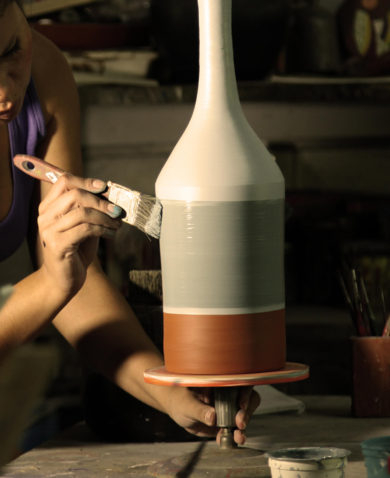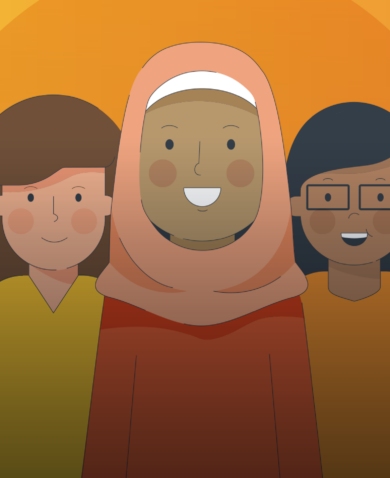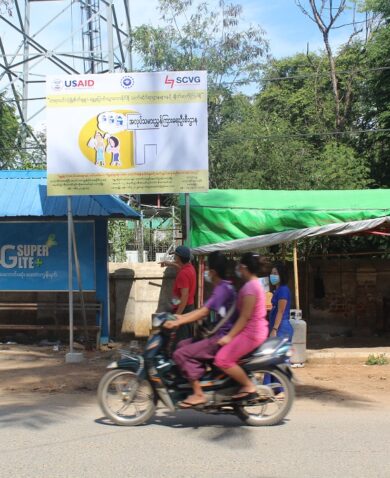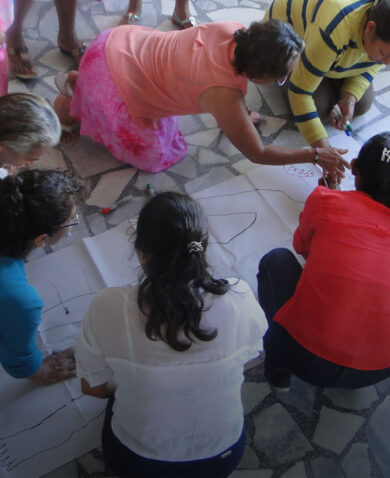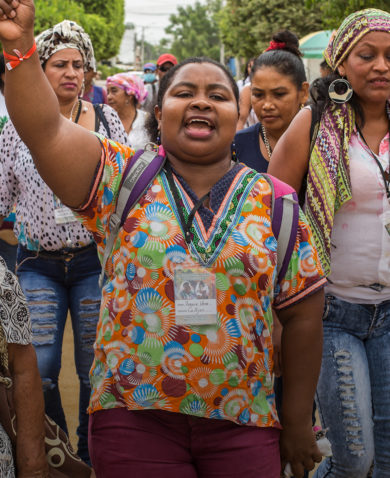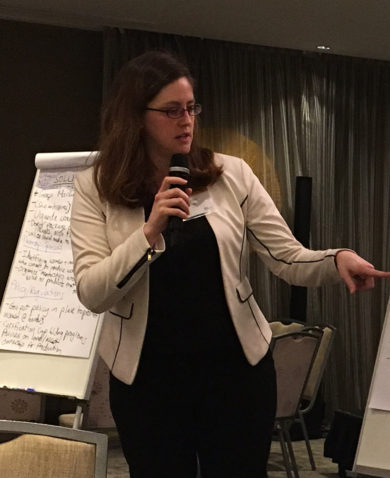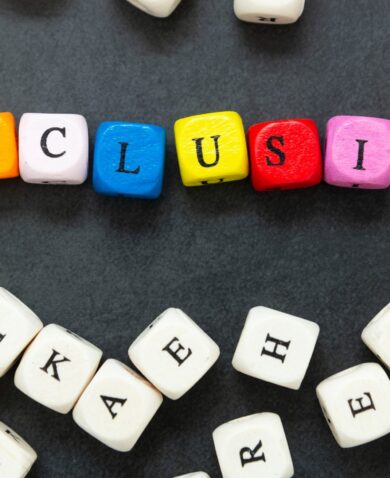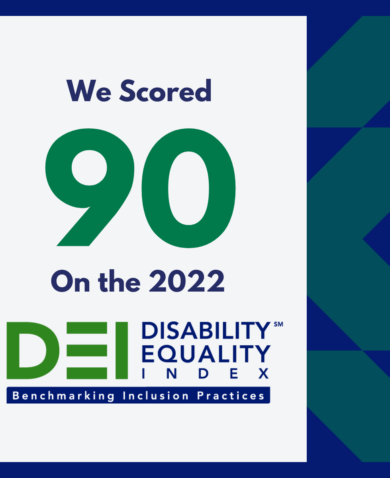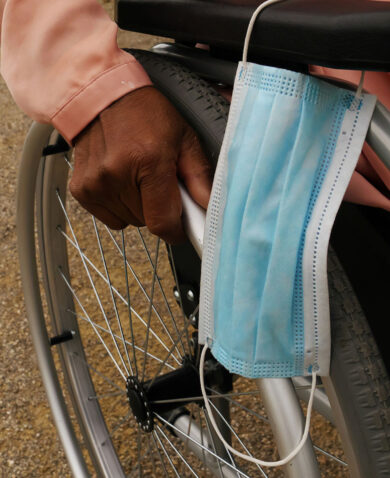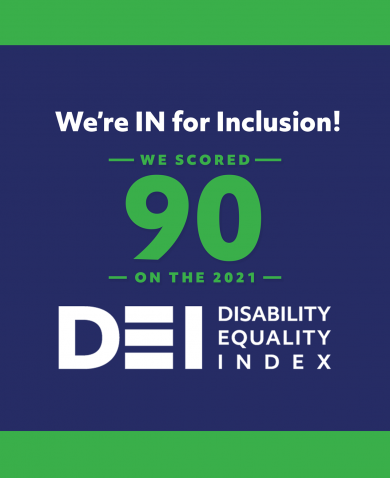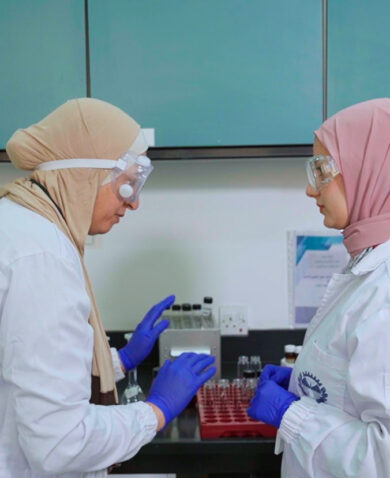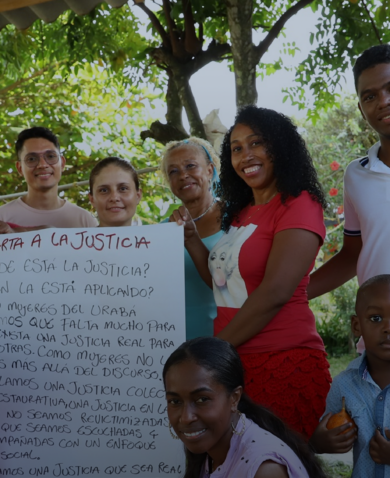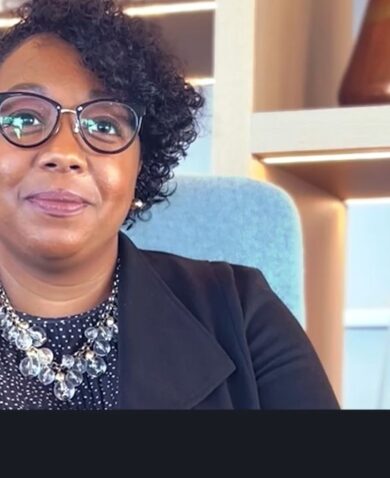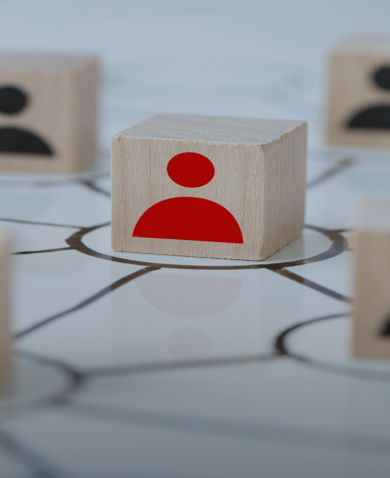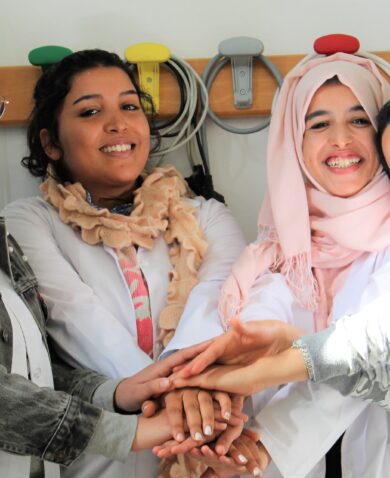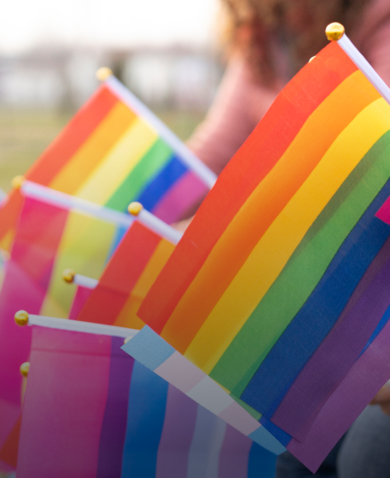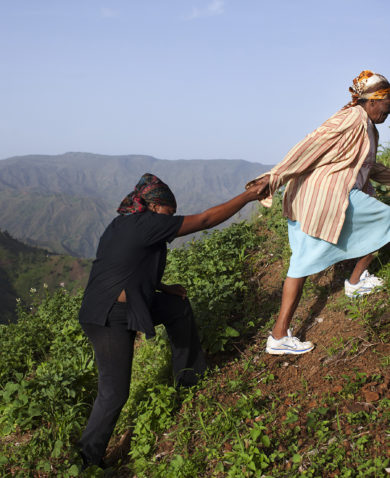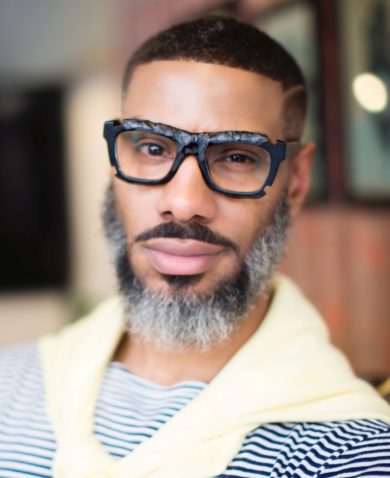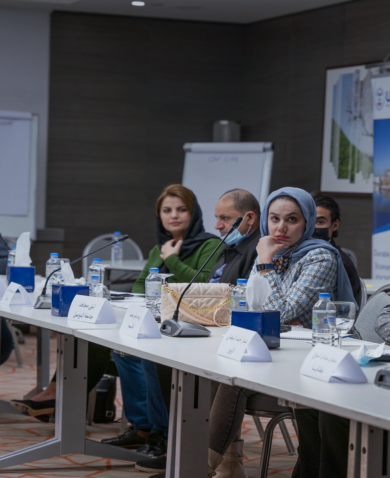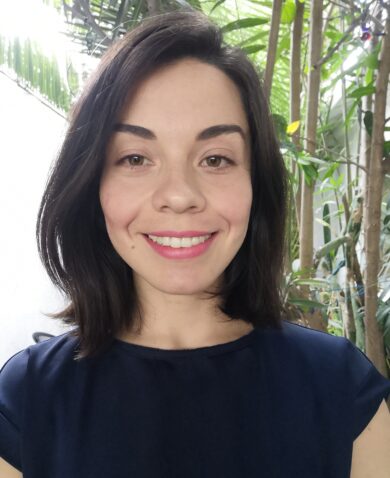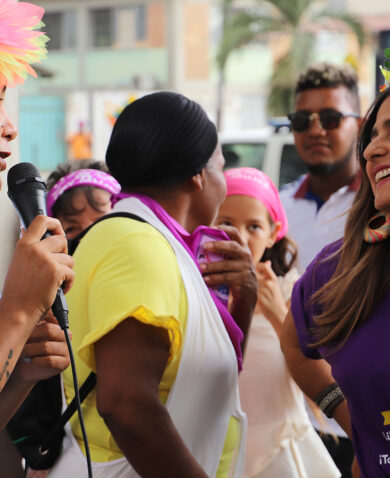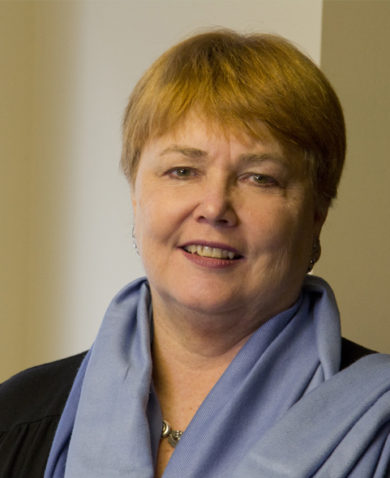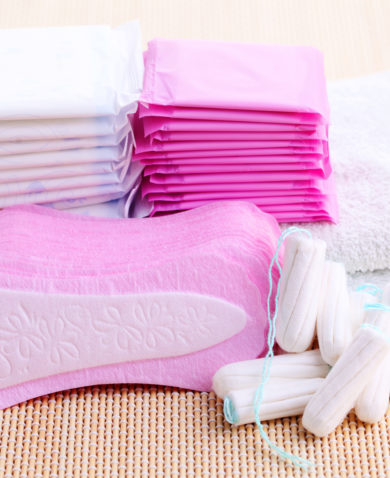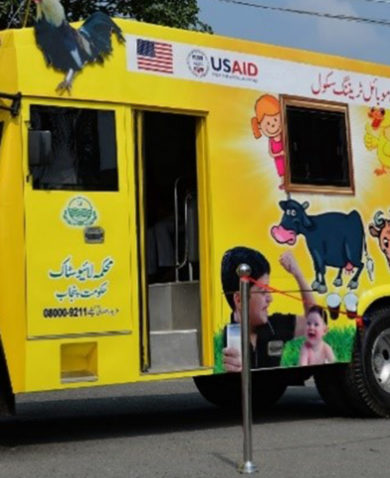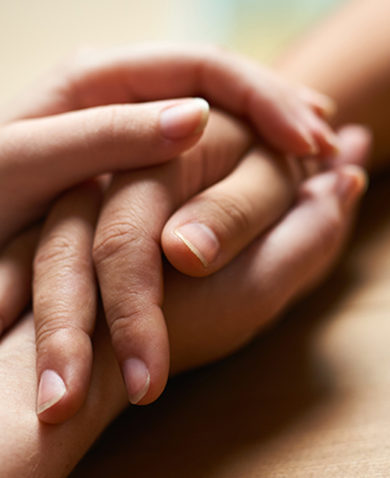
Making the Future Accessible: Safeguarding Women with Disabilities in the Workplace
December 3, 2019 | 4 Minute ReadHow can the global development community do more to safeguard and empower women with disabilities in the workplace?
Girls and women with disabilities experience up to 10 times more gender-based violence than those without disabilities (United Nations Population Fund (UNFPA) global study). This can include physical or sexual violence, often perpetrated by family members or neighbors who know they are alone at home. To compound the situation further, women with disabilities have a 20 percent employment rate, compared with 53 percent of men with disabilities and 30 percent of women without any disabilities (UNFPA global study). This can leave them more vulnerable to financial abuse and trap them in abusive situations for longer, with fewer options for seeking help. Employment for women with disabilities can help to curb their exposure to gender-based violence at home and financial abuse. However, women with disabilities face numerous barriers to employment, including in hiring, retention, promotion, pay, and access to training — as well as violence in the workplace. In honor of International Day of Persons with Disabilities (December 3) and 16 Days of Activism against Gender-Based Violence (November 25 to December 10), we assert that the development community must work to end violence against women with disabilities by dismantling implicit and explicit systemic barriers that make the workplace unsafe or inaccessible for this population.
Workplace accommodations that support access to employment for women with disabilities should include overcoming physical, attitudinal, and corporate policy barriers. Removing these barriers will help to level the playing field and support women with disabilities to access the same employment opportunities as everyone else and to thrive in their communities. As a part of its inclusion efforts, Chemonics is a member of Excellence in Development and Disability Inclusion, a group working towards inclusive international development. Additionally, we have a global Disability Inclusion Working Group, which supports project implementation by ensuring project teams consider and apply best practices where possible. We also have an employee-led resource group, ChemABLE, which supports employees across our home and field offices. Through our work, we have learned the following best practices.
Budget for Inclusion from the Start
For project-related work, including a “Disability-Related Accommodation” line item to the budget during the proposal stage should be a standard practice. This will give implementing partners flexibility to spend as needed in areas such as communications, training, or assistive technology. This year, Chemonics developed a guide to budgeting for inclusion within programs, allowing us to provide step-by-step instructions to proposal and project teams on how to budget for inclusion. The guide contains examples of illustrative reasonable accommodations and other costs to ensure that we create a more supportive working environment for our employees with disabilities and to ensure that our projects are accessible to beneficiaries and broader stakeholders.
Drive Positive Social Norms Around Inclusion
Workplaces should foster a culture of respect and support for women with disabilities. Employers should actively hire and promote women with disabilities and include them in professional development training. Chemonics’ Human Resources Department and Office of Diversity and Inclusion partners with institutions and governmental entities that focus on people with disabilities in the hiring process — engaging such organizations as Gallaudet University and the Department on Disability Services in the United States — to identify candidates with disabilities. Chemonics’ employee resource group ChemABLE and other affinity groups empower staff to embrace disability inclusion and drive change from within the organization through a mix of enterprise experiences and intentional development opportunities such as mentoring and job-shadowing days for people with disabilities, thought leadership, and advocacy. Members of our Gender Equality and Social Inclusion Practice Team are printing their business cards with braille. Our Corporate Diversity and Inclusion Team has hosted events to raise overall awareness, including the event “Deaf Culture and the Spectrum of Deafness,” which included deaf speakers whose primary communications modalities were sign language and individuals using cochlear implants to hear and speak.
Make Information Accessible
Key organization policy documents should be made available in braille or in a PDF or Word Doc form to enable text-to-speech functions for those who are visually impaired. Phones or online telecommunication application with subtitles or video relay services — a phone service that provides interpreters for calls — should be available to deaf and hard-of-hearing employees. Hard-of-hearing staff at Chemonics currently use Skype, which has subtitles for teleconferences with donors and field offices around the world.
Make SHEA Awareness, Prevention, and Response Tools Accessible
When informing women with disabilities of their right to be free of sexual harassment, abuse, and exploitation (SHEA), ensure all communication tools are accessible. For example, in the coming weeks, the SHEA Working Group at Chemonics will publish the “SHEA Prevention and Response Toolkit” that is accessible to individuals with low vision or persons who are blind.
Workplaces should also have accessible training for women with disabilities on how to identify, prevent, and respond to SHEA. Women with disabilities should be active participants and facilitators on the training team and be encouraged to share their unique perspective on SHEA. Their participation in this way presents them as co-equal voices to men and women without disabilities. Reasonable accommodations should be made during training sessions, such as a sign language interpreter for deaf or hard-of-hearing women who communicate in this way. Entry points for SHEA-related complaints and investigation should be accessible to women with disabilities. For example, if the complaint is set up to be made in person at the workplace, rooms should be accessible for persons with mobility disability, and extra time should be provided for responding to questions for individuals with intellectual disabilities. If the complaint must be made via a website, visually impaired women should have the option of enlarging the font, changing text colors, or using the text-to-speech function.
Chemonics’ SHEA Working Group continues to identify areas for improvement and enhancement of existing programs for awareness, prevention, and response.
Any commitments by the development community to employ and safeguard women require the voices and perspectives of women with disabilities. This population faces more employment challenges than women without disabilities and men with disabilities, and are disproportionately targets of violence and abuse. Development donors must prioritize this population and take the lead on steering disability inclusion and safeguarding within their programs. Last year, DFID launched its first-ever strategy for Disability Inclusive Development, which emphasizes safeguarding people with disabilities. DFID also co-hosted the first Global Disability Summit, with 300 governments and organizations pledging commitments to disability inclusion. Historically, USAID has included a clause in all its contracts that mandates that projects promote opportunities for persons with disabilities. Opening up women’s employment options through workplace accommodations is an important way to tackle their exposure to risks in the workplace, in the community, and behind closed doors at home.
As we commemorate 16 Days of Activism with the theme of ending violence in the world of work and International Day of Persons with Disabilities on December 3, all development partners should lead by example to break the cycle of abuse for women with disabilities. We can start today by providing stronger and safer employment opportunities within our organizations.
Posts on the blog represent the views of the authors and do not necessarily represent the views of Chemonics.


